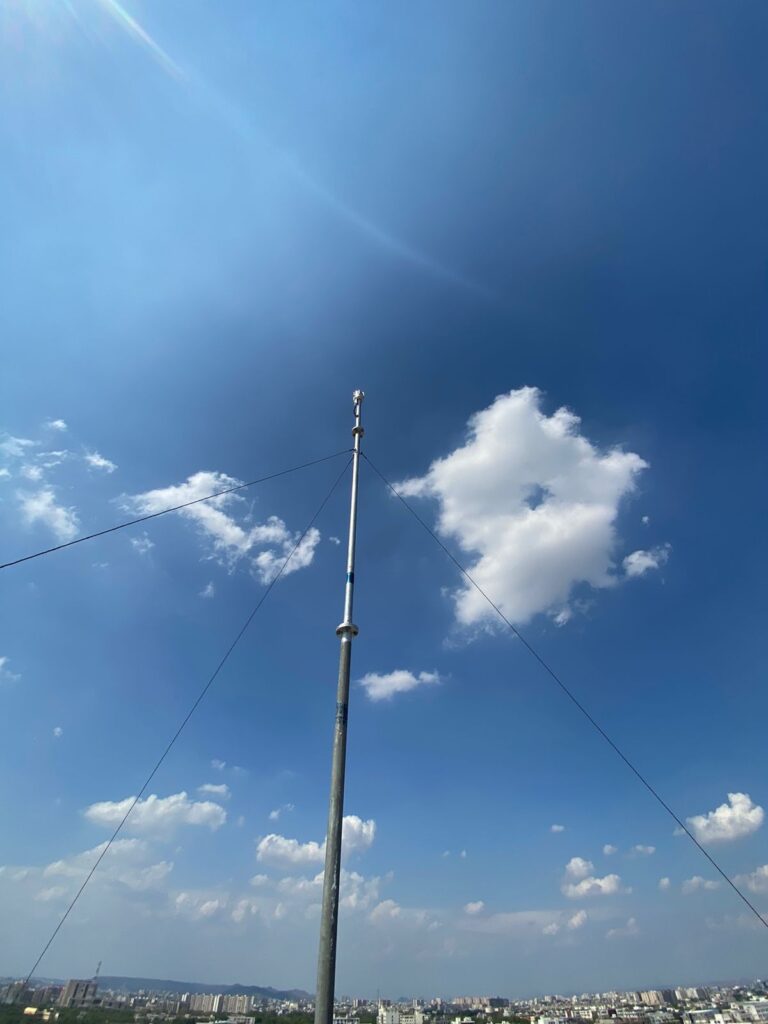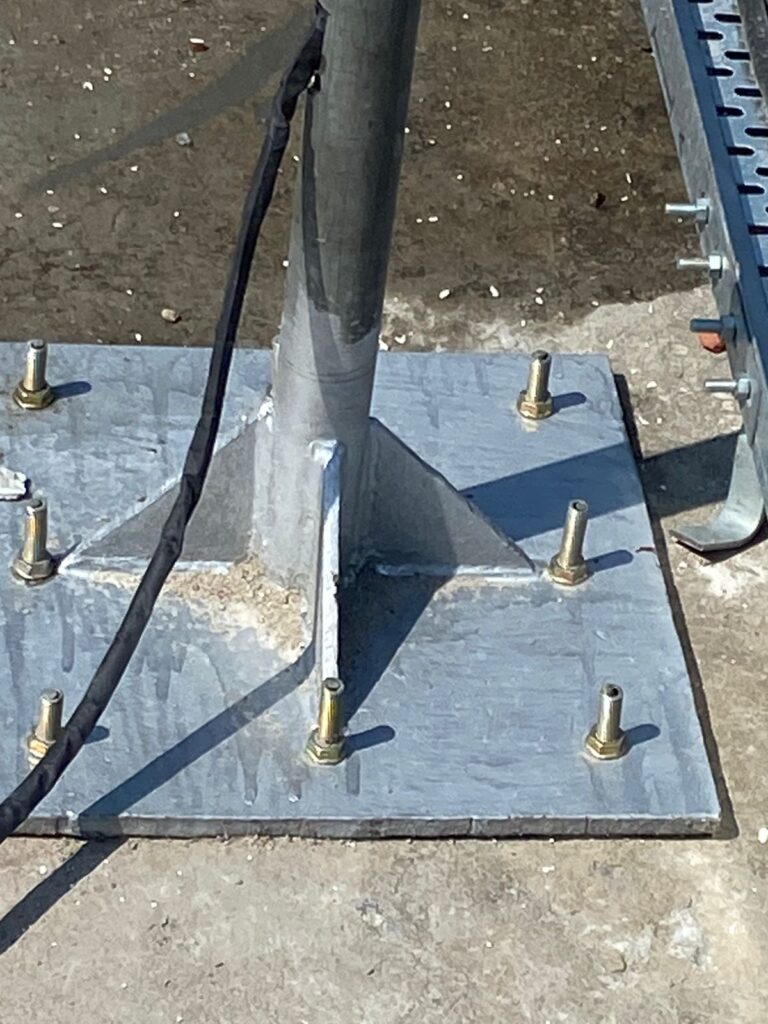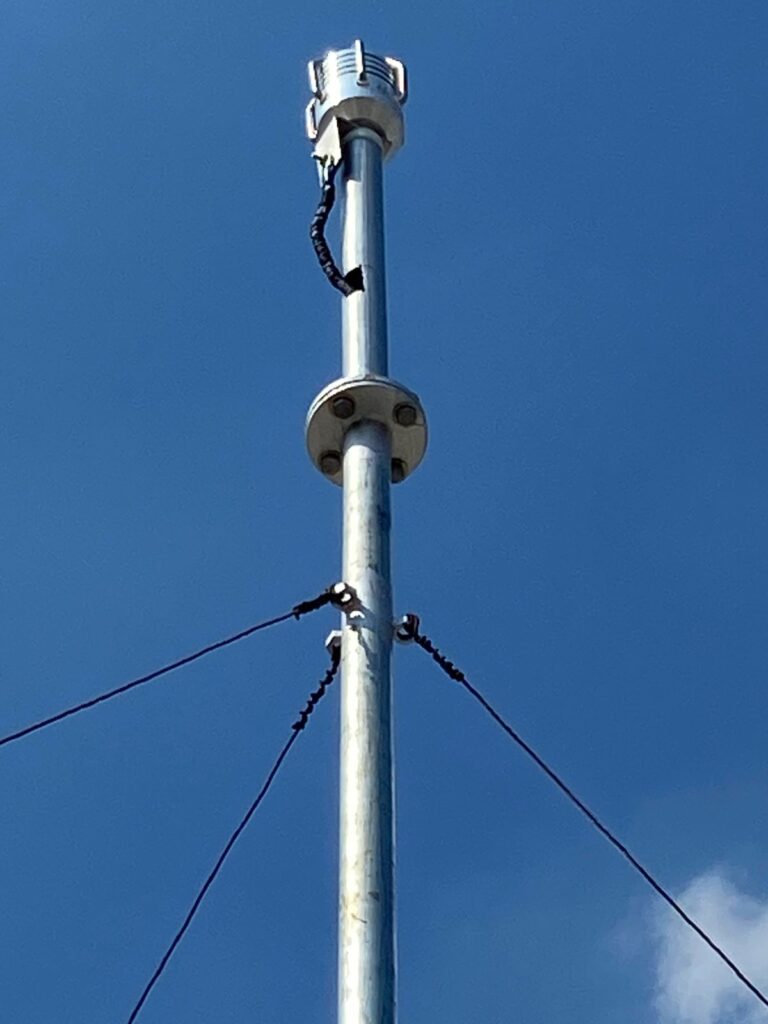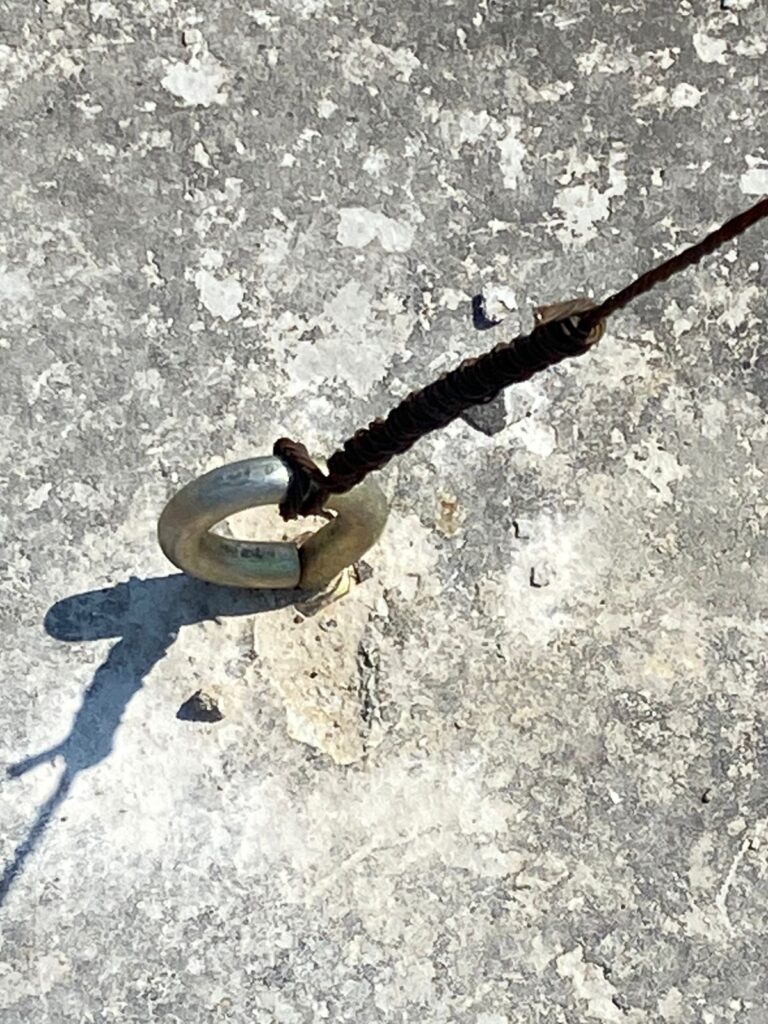Lightning Protection System
3E Solutions is solution provider for best lightning protection sytem in Jaipur also known as Lightning rod, franklin rod or lightning arrester. Lightning Protection System consists of lightning rod or Lightning Arrester, a metal rod mounted on a structure or Lightning mast and intended to protect the structure from a lightning strike, to transfer Lightning Energy to ground and Earthing. If lightning hits the structure, it will preferentially strike the rod and be conducted to ground through a conductor designed to carry the lightning current, instead of passing through the structure, where it could cause electrocution or fire. It is strongly recommended that the ESE lightning protection, having higher protection radius should be tested in specific ILAC accredited labs without compromise. The lightning protection system chosen should be discussed with electrical engineer having special knowledge of the system. There are 2 types of Lightning protection system in use:
1. Conventional Lightning Protection System or Franklin Rod : Ordinary lightning rod
2. Early Streamer Emission or ESE Lightning Protection System : Innovative system should be tested in ILAC accredited lab only for compliance of NFC-17-102 having facilities of measurement of Time-Delta.
1. Conventional Lightning Protection System or Franklin Rod : Ordinary lightning rod
2. Early Streamer Emission or ESE Lightning Protection System : Innovative system should be tested in ILAC accredited lab only for compliance of NFC-17-102 having facilities of measurement of Time-Delta.
Conventional Lightning Protection System comprises Franklin Rod or normal lightning rod, Lightning Mast, Aluminium conductor to connect Lightning rod to earthings and earthings to dissipate the lightning energy in the mother earth as per recommendations of IEC 65302.
3E Solutions is authorized supplier of European Major Eurostar EUROSTAR ESE Lightning Protection systems, produced in 2008- 2012 by EUROSTAR GROUP and Bulgarian Academy of Sciences Institute of Geophysics.
Common Mistakes in selecting Lightning Protection System
1. The lightning arrester system design requires assessment of the risk. The level of protection/Lightning Protection Level (LPL) applied to the structure is identified by the risk assessment. Incorrect LPL make incorrect protection radius
Lightning Protection System (LPS) Level
- LPL I requires a Class I : Highest Risk
- LPS LPL II requires a Class II
- LPS LPL III requires a Class III
- LPS LPL IV requires a Class IV LPS-Lowest Risk
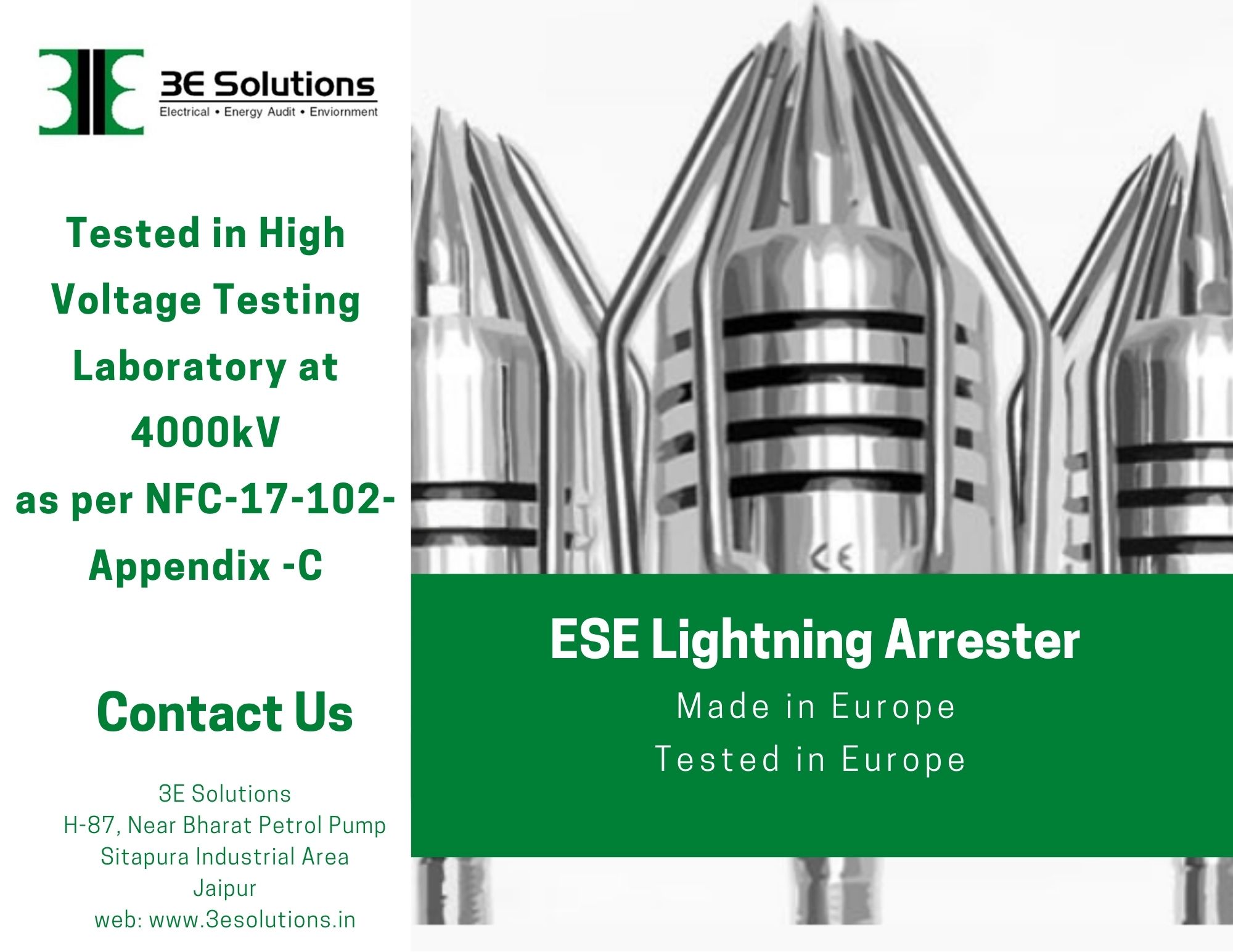
2. The lightning incidence transfers huge amount of energy in few microseconds and inappropriate sizes of Conductor, weak frankling rods must be avoided.
3. The Lightning protection syetem should be installed by trained personnel and under guidance of experienced electrical engineer. 3E Solutions headed by Rakesh Jain is such experienced electrical engineer having vast experience in this field.
Lightning Arrester Price
The conventional lightning rods are economic however the ESE Lightning protection costs more. 3E Solutions provide best prices Lightning Protection System or Lightning Arrester in Jaipur and all over Rajasthan including Ajmer, Bhilwara, Kishangarh, Neemrana, Bhiwadi and Jodhpur.
Lightning Arrester Installation
Lightning Arrester installation require 3 Parts:
1. At Height – Air terminal ( also known as lightning arrester) and Lightning mast. To create a protection radius of the installation, the arrester need to be mounted at a height 8 feet ( 2.4 meter) – 30 feet ( 9 meter). An arrangement called Lightning Mast is cosnsisting of base plate, GI pipes and flanges , created to provide this height. The Air terminal or Lightning Arrester is mounted at the top of this Lightning Mast.
2. Conductor : Minimum 50 sq mm conductor is required to safely discharge lightning energy from top of building to the earth through this conductor. Aluminium is preferred now a days being less costly, easy to install and not prone to theft.
3. Earthings: Two nos earthings are required to dissipate energy in the ground. 3E Solutions provide best in Rajasthan Chemical earthings and also help to install through trained technicians.
